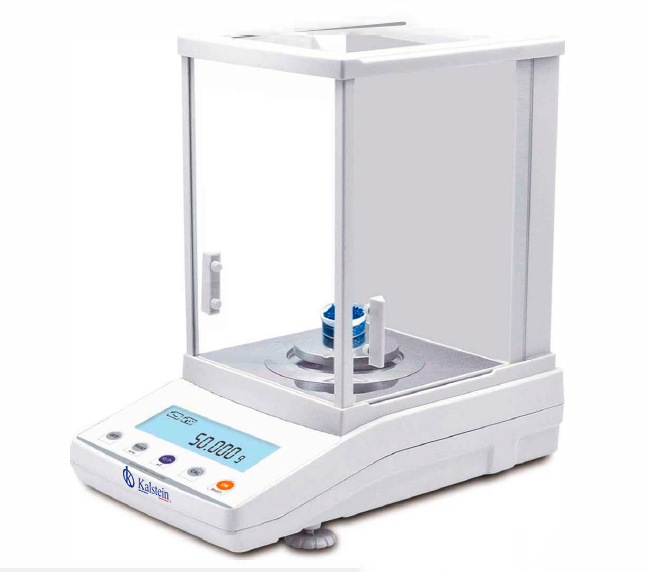The laboratory scales, developed in 1750 by the Scottish chemist Joseph Black, were more accurate than other scales of that time and represented a breakthrough in chemistry. The scale is an essential tool for any laboratory, which are used to reach the measurement and weigh the mass of a body or substance.
It is formed inside, by a glass box that allows the protection of the content to be measured, avoiding that the measurement is altered, because of movements of the support in which it is located, air currents, temperature or ambient pressure. In order to certify the accuracy of the balance, it is very important to maintain its correct calibration, by means of periodic reviews that ensure its exact functioning.
Types of Balance and their Applications
In general terms, laboratory scales differ by their working methods, such as mechanics and electronics, in addition to their base and different measurement systems, including:
- Granatary scales: they are slow process equipment, but with wide support and capacity, reaching 2,600 grams. Its sensitivity reaches up to 0.01 grams, able to determine the mass of both objects and gases. In many laboratories, it is used as an auxiliary instrument, since its accuracy is less than that of the analytical balance, but has greater capacity than it.
- Analytical balances: designed to measure small masses, in a range less than milligram and have a capacity of 200 grams. In the case of digital models, their sensitivity reaches up to the ten thousandth of a gram (0.0001 grams, or 0.1 milligrams). Electronic analytical balances no longer calculate actual masses but study the force required to balance the mass being measured. For this, an electromagnet is used, which provides the force needed to measure, until counteracting the mass of the object.
- Semi-micro scales: their sensitivity reaches 0.01 milligram, with a capacity of 100 grams and high operating speed, or micro scales, which are able to hold up to 30 grams, with a sensitivity reaching 0.001 gram.
Methods of Use
To use a balance in a laboratory, first, the deposit containing the reagent must be weighed, i.e. calculate the mass to subtract the total when weighing the reagent. The electronic scales, they do this mechanically, so it’s just pressing the button to hum, pour the reagent and record the weight.
For analog laboratory scales, the mass of the container should be established, the reagent poured, weighed again and then subtracted from the total mass of the container.
Finally, the electronic scales do not have a specific process to follow, but the sliding weights do, so that the object should be placed despite in the container, slide the larger weight to almost balance, then move the second to reach balance and if there is a third, can be used to finish adjusting the measurement.
Kalstein Analytical Balance
We at Kalstein are able to meet the demands of our users, regarding the selection of laboratory equipment, we offer you, the Analytical Balance, corresponding to the YR series, has an automatic internal calibration function in standard configurations, to ensure that the measurements are always accurate and not really affected by changes in ambient temperature, in addition to having a weighing room size: length × width × height (mm): 162 × 171 × 225. Size of external electronic box: length × width × height (mm): 175 × 105 × 50 (mm), weight 500 grams. Power supply 110-230 Vac, 50/60 Hz: output 24 V / 500 mA / 13 VA. Net weight: 7 kg. ION-A15 Static Eliminator. Balance plate system. USB version (BL0329) or Bluetooth version (BL0330). DPP-250-BT Bluetooth Printer for System (AC013). TLP-50 Series Date/Time Printer (C054). DPP-250 (AC007) Series Printer. Each scale is equipped with an RS232 output interface.
To learn more about our products, visit: HERE At Kalstein, as manufacturers, we provide all the advice our customers need, so that their purchase is ideal, and at excellent prices. Come visit us at HERE

